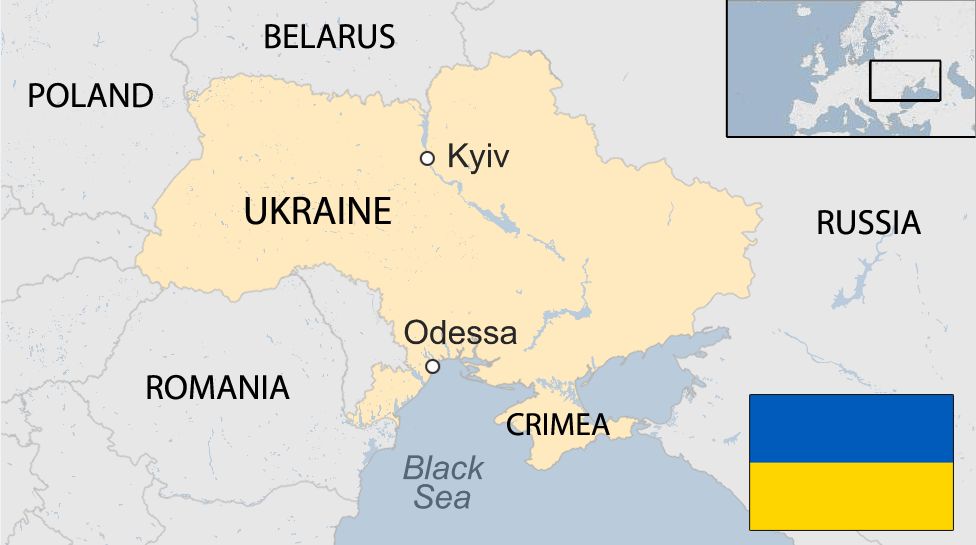In the era of social media dominance, information spreads at an unprecedented speed, often shaping public perception and triggering rapid responses. The traditional concept of a bank run, once confined to physical queues of concerned depositors, has taken on a new dimension in the social media age. This article explores how the interconnected world of online platforms can amplify financial panic, leading to swift and widespread consequences for banks.
**1. Viral Misinformation:
Social Media Impact: False or exaggerated information can quickly go viral on social media platforms, creating a snowball effect that reaches a massive audience within minutes. In the context of banks, rumors about financial instability, insolvency, or regulatory issues can spread like wildfire, causing panic among depositors.
**2. Real-Time Panic:
Social Media Speed: Traditional bank runs took time to unfold as word of mouth spread through communities. In the social media age, a single tweet or post can trigger an instantaneous reaction, leading to a rush of withdrawals as users share and amplify their concerns in real time.
**3. Amplification of Fears:
Echo Chambers: Social media platforms often serve as echo chambers where like-minded individuals reinforce each other’s opinions. If concerns about a particular bank gain traction within a community, the echo effect can amplify fears, leading to a more significant and rapid withdrawal of funds.
**4. Global Impact:
Cross-Border Influence: The interconnected nature of global financial systems means that social media-driven panic can transcend borders. A localized issue can quickly become a global concern, affecting not only the targeted bank but also creating a domino effect that impacts other financial institutions.
**5. Regulatory Challenges:
Monitoring and Control: Regulators face challenges in monitoring and controlling the rapid dissemination of information on social media. The speed at which panic can spread makes it difficult for authorities to intervene effectively, potentially exacerbating the situation.
**6. Customer Trust:
Long-Term Implications: Even if a bank manages to weather a social media-induced panic and proves its stability, the erosion of customer trust can have long-term consequences. Restoring confidence in the aftermath of a digital bank run may require sustained efforts from financial institutions.
**7. Social Media Responsibility:
Platform Accountability: Social media platforms are increasingly under scrutiny for their role in spreading misinformation. As the financial landscape evolves, there is a growing need for these platforms to take responsibility for the potential consequences of false information and to implement measures to curb the rapid dissemination of financial rumors.
Conclusion:
The social media age has brought unprecedented connectivity and information access, but it also poses challenges for the stability of financial institutions. The acceleration of financial panic through social media demands a reevaluation of communication strategies, regulatory frameworks, and the role of platforms in disseminating information. As we navigate this digital landscape, finding a balance between freedom of expression and the responsible use of social media becomes crucial to safeguarding the stability of the financial system




